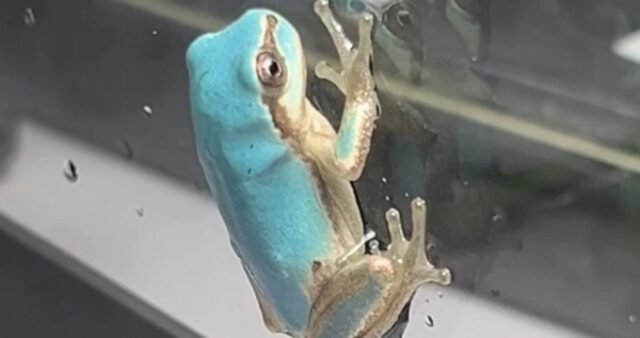A Taiwanese woman in her 20s was rushed to the hospital after suddenly showing symptoms of paralysis on one side of her body following an affectionate moment with her boyfriend. The diagnosis turned out to be unexpected and serious.
On Tuesday, Taiwanese media outlet ETtoday reported a case shared by local surgeon Chen Rong Jian during his appearance on the TV program Hello Doctor (醫師好辣).

During the broadcast, Chen Rong Jian recalled that the emergency room patient was not only suffering from head trauma but also experiencing weakness in one arm and leg, highlighting the urgency of the situation.
The surprising cause turned out to be a hickey. According to the report, the woman suddenly collapsed and went limp while her boyfriend was leaving a hickey on her neck. She even hit her head on the floor during the fall.
How a Hickey Can Cause a Stroke: Medical Explanation
Chen Rong Jian explained that the woman was petite and had a visible hickey located directly over the carotid artery.
The medical staff immediately called in a neurology team and conducted a CT scan, which revealed an ischemic stroke in the woman’s brain. An ultrasound also showed thickened arterial plaque on the wall of her carotid artery.
Chen analyzed that the boyfriend may have accidentally dislodged the plaque while leaving the hickey, creating a small blood clot that led to the stroke.
He issued a strong warning: “If you want to leave a hickey, avoid the neck. Choose areas like the back, under the jaw, or the shoulder—places without major arteries. A mistake could be life-threatening.”
Medical professionals warn that strong pressure or stimulation to the carotid artery can, in rare cases, lead to blood clot formation or dislodgement of existing plaque, potentially causing a stroke. This is especially dangerous for individuals at risk of atherosclerosis. These individuals should avoid applying pressure to the neck area.
This case serves as a cautionary reminder that even everyday acts of affection can pose unexpected health risks when they involve specific parts of the body.
















Comments0